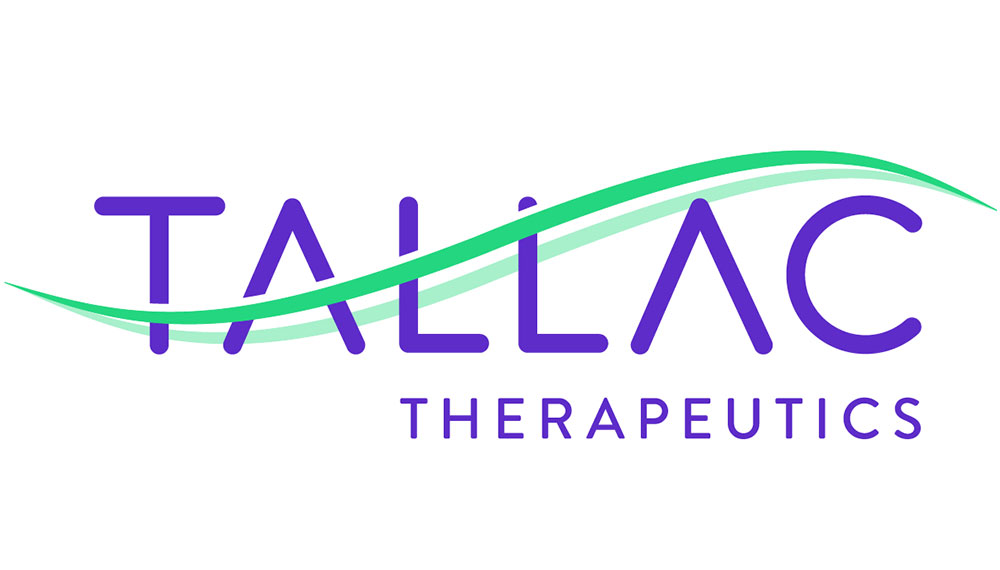In a phase 1/2 clinical trial for patients with locally advanced or metastatic solid tumours, Tallac Therapeutics has reported that the first patient has received treatment with TAC-001. TAC-001 is the first clinical candidate from the company’s innovative toll-like receptor agonist antibody conjugate (TRAAC) system to enter the clinic.
According to Hong Wan, chief executive officer of Tallac, the beginning of the first-in-human study for their main therapeutic candidate is a critical milestone for Tallac as they continue to expand their differentiated portfolio of immunotherapy medicines generated from their TRAAC technology.
They are advancing extra resources in their pipeline as this study progresses, and they intend to submit an investigational new medication application at the start of next year for the phase 1 study. This therapeutic candidate targets dendritic cells via SIRP-alpha receptors and is a systemically administered toll-like receptor 9 agonist, Wan continued.
For patients with specific advanced or metastatic solid tumours, the phase 1/2 experiment known as INCLINE-101 is an open-label, multi-center, dose progression and extension study of TAC-001. Its purpose is to assess the intravenously administered TAC-001’s safety, pharmacokinetics, and preliminary anti-tumor activity.
According to Candy Bermingham, vice president of clinical science at Tallac, TAC-001 is distinctive in that it combines B cells and TLR9 activation to generate adaptive and innate immune anti-tumor immune function and has in preclinical trials shown significant single-agent effectiveness. They look forward to gaining a better understanding of the clinical efficacy of TAC-001 in progressing solid tumours and the possibility of such a chemical to address the significant unmet therapeutic requirements that still exist in a variety of cancer types.
Immunotherapies known as toll-like receptor 9 (TLR9) agonists produce combined innate and adaptive immune responses, which may result in more potent and long-lasting anti-cancer immunity to assist in combating resistance to conventional oncology treatments.
When given intratumorally, TLR9 agonists have shown clinical activity in melanoma patients. B cells, which mostly associate with tertiary lymphoid structures and express TLR9 and play a crucial role in the immune system, constitute a significant part of the tertiary lymphoid structure (TLS). In many different types of solid tumours, the presence of B cells and TLS is a favourable prognostic feature and predicts the therapeutic response to checkpoint inhibitors.



















